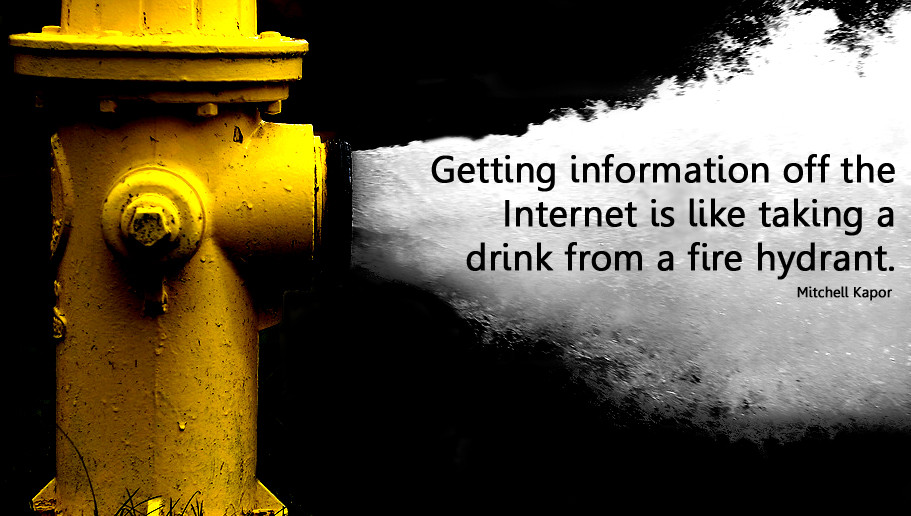Future Learn
I began my MOOC adventure by proving Jordan right and almost immediately dropped out of the first course I enrolled on. The completion rate for most MOOCs is around 10%(Liyanagunawardena et al, 2013). I quickly realised this course wasn’t going to meet my needs, so I left – guilt free – because I hadn’t had to pay for it. My next enrolment was done with more care and ease via the user-friendly course menu. I selected a course that was both relevant and challenging to me professionally.
I discovered on the first webpage 3 links to books written by the course experts, the latter two costing more than £90 each. Could this be, as Watter's suggests, a new revenue stream for authors (Watters, 2013)? Also on this page were directions towards printable versions of this course, which disheartened me more. If I was hoping for a social interaction on this course, I suspected I would be disappointed. I was. I enjoyed the freedom to skip over areas of the course that weren’t relevant, such as how to use the library (puzzling because self-directed discovery and critical analysis was never required). The material was presented in a cognitivist frame, with text reinforced by videos and the “three-strikes-and-you’re-out”format of assessment quizzes was clear behaviourism.
I will continue with the course, largely because it will look good in my e-portfolio and my appraiser likes to see things like this when he ticks the box to say I’m fit to practice medicine. I’ll learn a few facts, but my clinical practice will only really change when I use that knowledge in the social context of my community of practice. It’s a shame I couldn’t have done that in the course and perhaps my patients would be benefitting from the learning sooner.
Ds106
In comparison to the FutureLearn MOOC, ds106 is chaotic and exciting. My appraiser would hate it (making the devil in me love it more). Where FutureLearn is neat and clean and easy to navigate, ds106 is rather messy and overwhelming. FutureLearn takes you by the hand and says “don’t be afraid”: ds106 is like bungee jumping into learning. The language of ds106 is exhilarating – terming the ongoing, open version “headless” is simply terrifying – and the dark background, red typeface and impactful graphics reinforces this. This reflects the vibrancy of social interactions and a sense of innovation and creativity that is completely absent on FutureLearn. Just look at ds106's innovative assignment bank and daily creative challenge it hosts on Twitter (#tdc1560).
I also realised that I felt much “safer” on ds106 than I did on FutureLearn. In the forum I felt I could be myself, speak in my own words, admit my mistakes and learn from them. Navigating ds106 is hard work, but this somehow made me want to be part of something bigger than my own learning needs. For now I’m in that place of legitimate peripheral participation Lave and Wenger, 1991) but even here I’ve expanded my horizons more than I did on the week I spent with FutureLearn. I don’t yet know exactly what I what to learn on ds106 – all I know is that I want to stay and play on this MOOC.
Which MOOC for me?
My decision is rather boring and predictable. The answer is both. With FutureLearn I know the investment of time and effort will be productive. I don’t need certification for my professional development, although I do have to demonstrate reflective learning in my e-portfolio. Will it generate innovations in my practice? Unlikely. If I want to transform the way I do what I do and make new and exciting learning discoveries, ds106 is the way to go. This scares me and it will no doubt scare the healthcare managers and senior clinicians more.
MOOCs are like everything else in learning and indeed in life. They come in many forms and it’s for the learner to use them to suit their needs and - that devil in me hates to admit it - those of their others.
References:
- Jordan, K. (2013) MOOC Completion Rates: The Data [online]. Available at http://www.katyjordan.com/MOOCproject.html (accessed 16 April 2016).
- Lave, J. and Wenger, E., 1991. Situated learning: Legitimate peripheral participation. Cambridge university press.
- Liyanagunawardena, T.R, Adams, A., Williams, S.A. (2013) "MOOCs: A systematic study of the published literature 2008-2012". The International Review of Research in Open and Distributed Learning, vol 14, no 3, p. 202-227 [online]. Available at: http://www.irrodl.org/index.php/irrodl/article/view/1455/2531 (accessed: 16 Apr. 2016).
